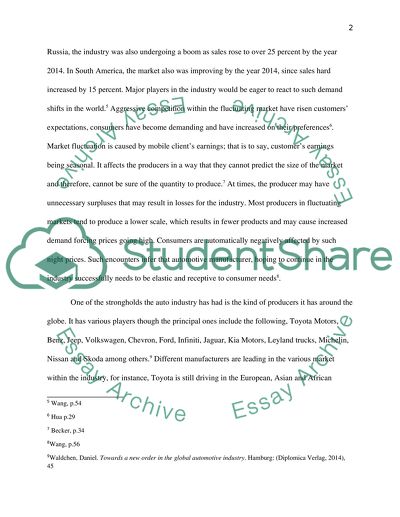Cite this document
(“Supply and Demand in the Global Automotive Industry Essay”, n.d.)
Supply and Demand in the Global Automotive Industry Essay. Retrieved from https://studentshare.org/macro-microeconomics/1702130-supply-and-demand-in-the-global-automotive-industry
Supply and Demand in the Global Automotive Industry Essay. Retrieved from https://studentshare.org/macro-microeconomics/1702130-supply-and-demand-in-the-global-automotive-industry
(Supply and Demand in the Global Automotive Industry Essay)
Supply and Demand in the Global Automotive Industry Essay. https://studentshare.org/macro-microeconomics/1702130-supply-and-demand-in-the-global-automotive-industry.
Supply and Demand in the Global Automotive Industry Essay. https://studentshare.org/macro-microeconomics/1702130-supply-and-demand-in-the-global-automotive-industry.
“Supply and Demand in the Global Automotive Industry Essay”, n.d. https://studentshare.org/macro-microeconomics/1702130-supply-and-demand-in-the-global-automotive-industry.


